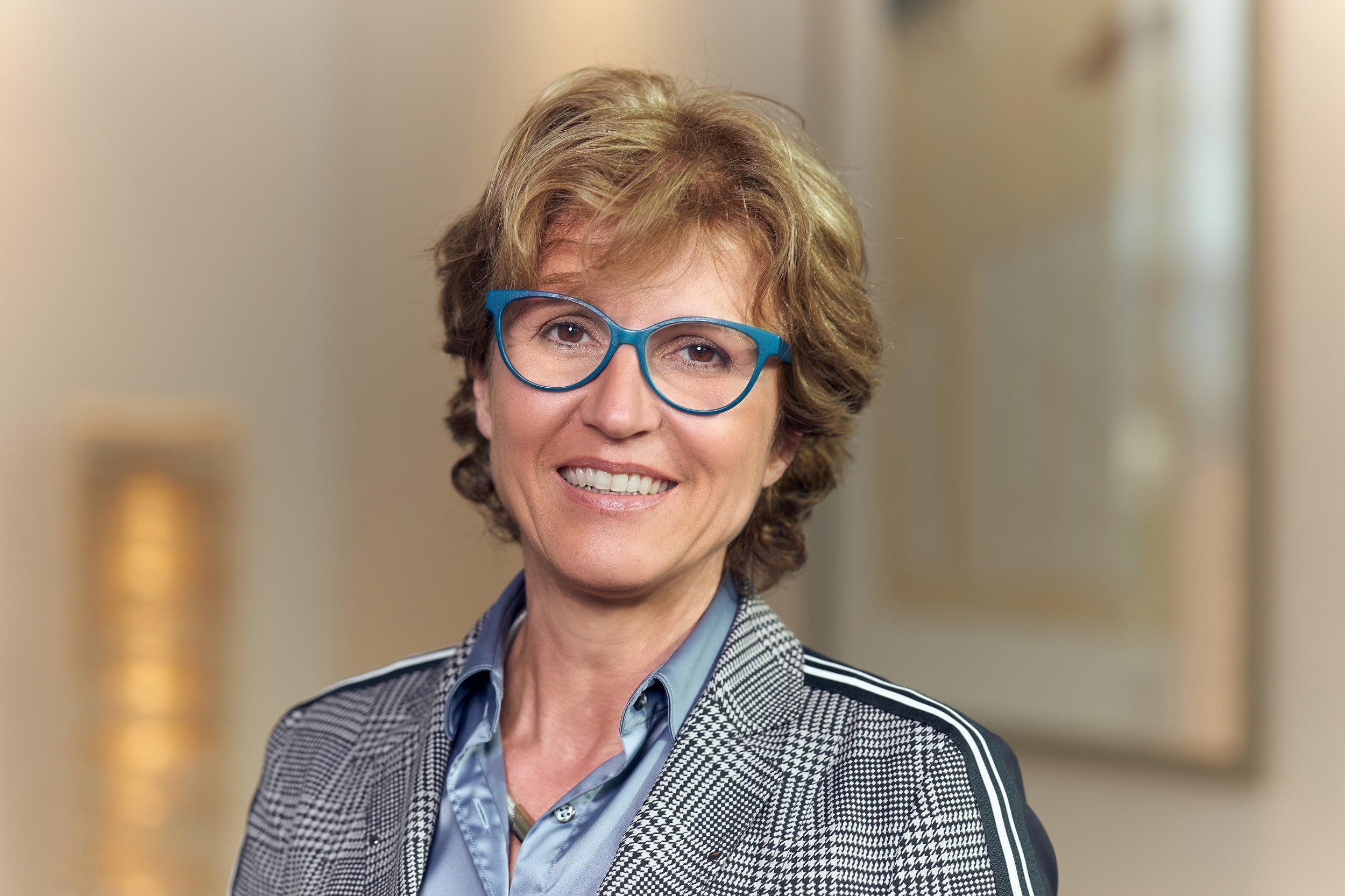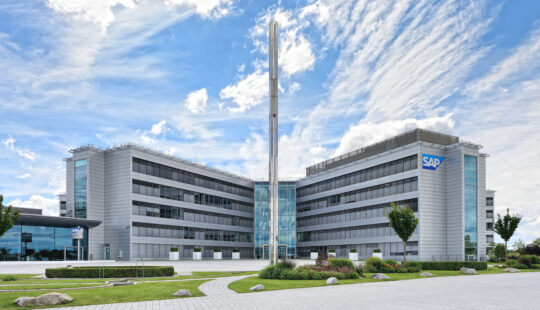Pandemics happen, and we must be ready for them when they strike. Most large companies were not totally unprepared for the current one, as having pandemic contingencies, business continuity plans, and crisis management teams on standby is part and parcel of proactive crisis and health management.

When reports appeared in the media on December 31, 2019, about a new type of coronavirus, SAP Chief Crisis Manager Mathias Braje and I began watching developments closely. We also activated the Global Pandemic Task Force, an interdisciplinary team made up of members from Security, Health, Facility Management, Human Resources (HR), Finance, Communications, and Travel departments.
Staying One Step Ahead
“The safety of our employees, customers, and partners is paramount. We are focused on protecting our employees’ health and wellbeing and on keeping SAP’s business performance and productivity on track,” Christian Klein, CEO and member of the Executive Board of SAP SE, said. Though details were sparse and the scale of the threat not yet clear, the Health department at SAP kept employees informed through intranet articles, emails from the SAP Executive Board, and FAQ docuements. A well-trained chatbot is now handling some of the task force’s question-answering work, too.
Thanks to the Executive Board’s clear vision, daily global status reports, and the multidisciplinary task force, SAP was able to give its employees clear instructions and recommendations from an early stage. In many places, government authorities did not impose similar measures on their populations until later. Staying ahead, as SAP did, builds trust not only among employees but also at the management level. Recognition and appreciation matter, too, since they help counter the considerable stress the task force is under and keep it performing efficiently.
Trust and Agility: Key Factors in Crisis Management
At the start of the crisis especially, the situation was fast-moving and emotionally charged. There was insufficient data, experts and politicians were divided on what to do, and there were differing expectations across the workforce. The task force’s combined expertise and its culture of discussion were the basis for deciding the company’s response to events as they unfolded – a real test of the team’s ability to focus yet remain agile and to “navigate by sight” in uncharted waters.
For any team to be successful, its members must show great dedication, have respect for each other, be able to listen, and share mutual trust, which means not just having confidence in others’ expertise but trusting them as individuals too. Taking the time to build consensus is also essential. This is only possible if team members exchange their views calmly and respectfully, even when the pressure is on and nerves are frayed. For that to happen, everyone must show true empathy. The words “we are in this together” have to be matched by actions.
Every Friday, the task force comes together to review the week. Each of us describes our stress and satisfaction levels on a scale of one to 10. If stress levels stay above eight or if the level of satisfaction falls below the stress level, action is taken, which may include seeking professional medical or psychological advice.
Clarity in Times of Crisis
Confusing and ambiguous media reporting is a problem for everyone – employees, management, and the task force. The solution is to come to a consensus as quickly as possible. For the task force, any delay would make it harder to reach a decision on, for example, travel, trade fairs, conferences, or customer events.
Whenever we make decisions affecting the company, we always explain the rationale, state all our information sources, and engage in debate with the workforce. Being transparent, credible, and logical is key to building confidence in a company’s crisis management strategy.
Listening to the Workforce
When the crisis began, our various discussion forums were full of questions about its impact on individuals: “What applies to me? Where can I get help? Who can I turn to?” But there were also general questions too: “How is the company doing? How are our customers doing? Will I keep my job?”
For HR management, relaxing job performance expectations for employees at home with children to look after was an obvious response. Also, SAP would not announce any cuts in working hours or layoffs in the next few months. And we put together an extensive program offering support and advice on health, well-being, and working from home.
In March, we sent out our first monthly employee survey. We used our own survey tool, which is available free of charge to any company. The first survey had 25,000 respondents. Even though they were working at home, often without a proper office setup and while juggling the demands of work, looking after small children or elderly parents, home-schooling, and aligning with their partners on these responsibilities, 72 percent rated their circumstances positively or neutrally. According to 93 percent of respondents, communication by the company was very helpful, and 91 percent agreed that they trusted management to make the right decisions for SAP in these times.
The two subsequent surveys were the first to include the stress satisfaction score as an early warning indicator for mental health. Despite all the difficulties people were facing, around 70 percent of respondents rated their job satisfaction higher than the stress levels they were experiencing.
Returning to the Workplace: What Happens Next?
Even though our facilities are gradually reopening under strict safety rules, we will not return to a setting as it was in 2019 any time soon. For the foreseeable future, most employees will still be working from home, with on-site meetings and business travel possible by way of exemption only. We will continue to do all we can to help our employees around the world offer their customers and partners the same level of care and dedication to help them through the crisis.
No one knows when the pandemic will be over, but we must never allow uncertainty to weaken our resolve. We will continue researching, monitoring, listening, and applying common sense and pragmatism to the steps we take, skillfully changing course whenever we need to ensure a safe passage through these uncharted waters.
Dr. Natalie Lotzmann is chief medical officer at SAP.



